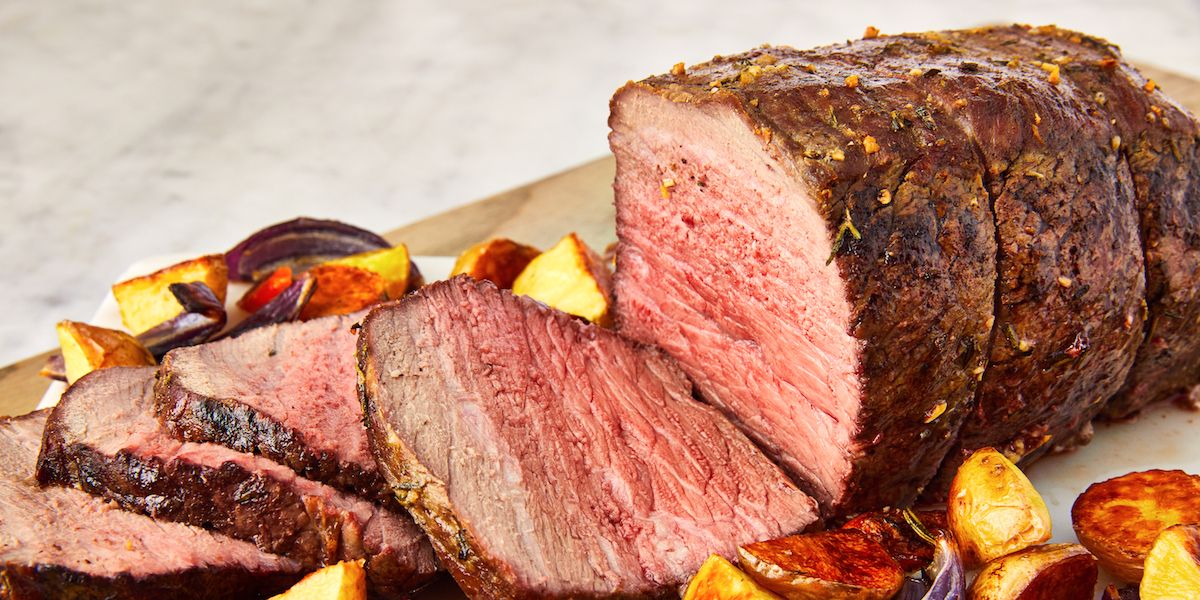



Article by: Hari Yellina (Orchard Tech)
Record prices have resulted in the best profit margins for southern livestock businesses in 25 years, but controlling costs and increasing production remain the cornerstones of beef and lamb profitability. Neither of those significant findings from Aggregate Consulting’s 2021 outcomes of one of the country’s largest benchmarking initiatives is surprising. Given the amount of discussion in southern livestock circles regarding the prudence of switching to sheep meat, the fact that premier lamb operations came in well below beef and wool flocks in terms of profit per dry animal equivalent may raise a few eyebrows. That is not supported by the statistics.
A net profit of $38/DSE was benchmarked for beef herds, $38/DSE for wool flocks, and $31/DSE for premium lamb flocks. Aggregate Consulting, a Wagga Wagga-based farm firm, benchmarked 105 cattle herds, mostly Angus-based, spanning southern NSW, Victoria, south-eastern South Australia, and Tasmania. Last year, the homes received an average of 787mm of annual rainfall, which was 11% more than typical. This undoubtedly contributed to a considerable 6.9% increase in herd size, according to expert Peter Havrlant. Some herds were regenerated by 15 to 30 per cent.
Across each company, up to 70 or 80 different benchmark outcomes were recorded. The median herd size was 9049 DSE, with an average grazing area of 1009 hectares and a stocking rate of 12.9 DSE/ha. During the reporting period, 57,444 heads were turned off. Mr Havrlant, speaking at a Meat & Livestock Australia webinar, said the 2020-21 year would be the most profitable for beef in the benchmarking program’s 25-year history. Cattle prices played a big part but productivity could not be understated, he said.
The money generated was the main difference between the most lucrative and the rest, but the management of additional feed and wage costs proved to be decisive. The findings suggest that businesses should emphasise on labour efficiency. However, the increase in beef prices, which began when the season changed two years ago and continues now, has not been followed by a rise in production expenses. “The conditions for profiting from a higher beef price don’t get much better,” Mr Havrlant added. The top 20% of businesses in the data set made $60.97 per DSE, while the bottom 20% made only $8.92. There was a $19 difference between the top and average. The best performers spend $1.90 less on business expenses than the average.